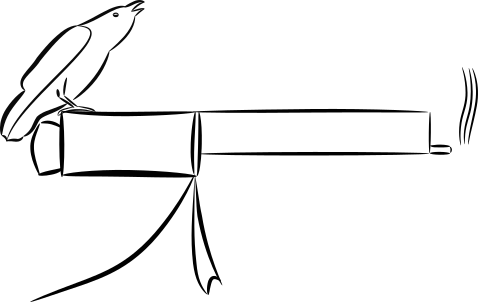Setting The Scene
We all know the story of Sir Walter Raleigh coming back from his 16th Century globe -trotting trailing two of the 21st Century’s great challenges – fast food and smoking (potatoes and tobacco). No wonder he lost his head. Whatever the accuracy of such tales, smoking for the ordinary man was generally via a pipe. Ready-made cigarettes were reserved for the upper classes. James Bonsack’s invention of a reliable cigarette rolling machine in 1880 and patented in 1881 changed all this. Cigarettes could be produced in their hundreds per minute, whereas the skilled Carmen’s of this world could only produce 3 or 4 in the same time. Manufacturers had the stocks, so they looked to expand their market. The brother’s Wills, already heading the British tobacco industry, saw Bonsack’s machine and invested in it, at the same time seeking to control it’s use in the UK. They established a head start over competitors as other systems became available.
Meanwhile the American Tobacco Company sought entry into the British market – and their purchase of the Liverpool firm Ogden’s in 1900 was their first step. Two years later Imperial Tobacco, a consortium of British tobacco manufacturers headed by Wills bought Ogden’s back and negotiated an ‘understanding’ with their American rivals. In advertising terms, the brash American approach to advertising had been introduced, and continued to grow. Snappier, better illustrated and often with a wry sense of humour it permeated the more staid and verbose traditional British approach – actively seeking to create demand rather than relying on servicing existing markets.

